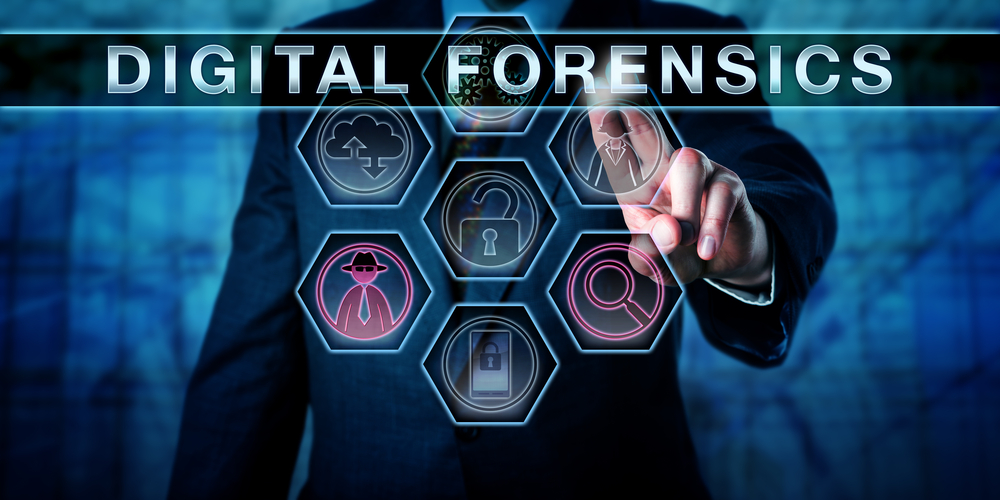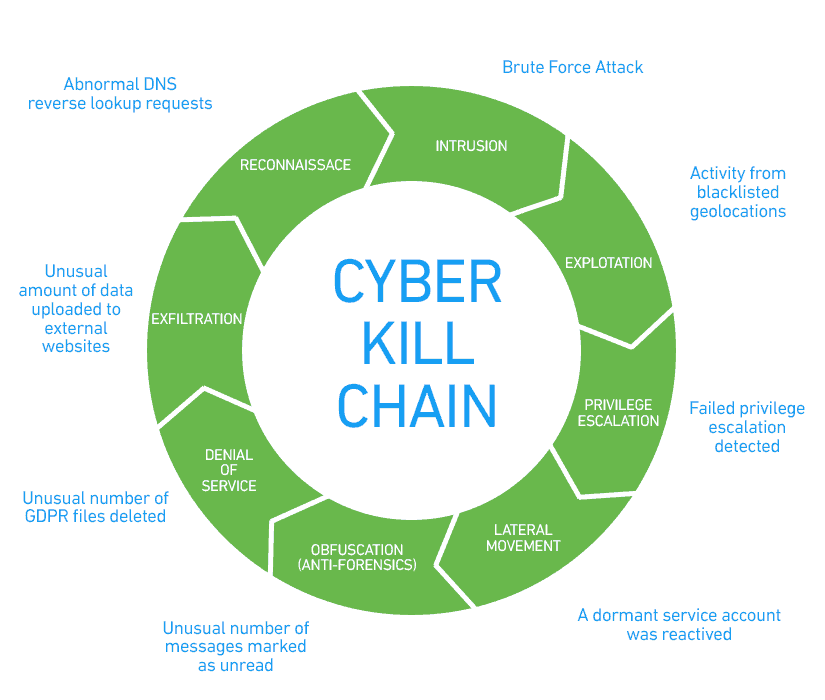Digital forensic science is a branch of forensic science that focuses on the recovery and investigation of material found in digital devices related to cybercrime. The term digital forensics was first used as a synonym for computer forensics. Since then, it has expanded to cover the investigation of any devices that can store digital data. The process’s goal of digital forensics is to collect, analyze, and preserve evidence.
Digital Forensic-
Steps of Digital Forensics
Now that you understand what is digital forensics, let’s look at its steps:
Identification
This is the initial stage in which the individuals or devices to be analyzed are identified as likely sources of significant evidence.
Preservation
It focuses on safeguarding relevant electronically stored information (ESI) by capturing and preserving the crime scene, documenting relevant information such as visual images, and how it was obtained.
Analysis
It is a methodical examination of the evidence of the information gathered. This examination produces data objects, including system and user-generated files, and seeks specific answers and points of departure for conclusions.
Documentation
These are tried-and-true procedures for documenting the analysis’s conclusions, and they must allow other competent examiners to read through and duplicate the results.
Presentation
The collection of digital information, which may entail removing electronic devices from the crime/incident scene and copying or printing the device(s), is critical to the investigation.
Objectives of Digital Forensics
Knowing the primary objectives of using digital forensics is essential for a complete understanding of what is digital forensics:
- It aids in the recovery, analysis, and preservation of computers and related materials for the investigating agency to present them as evidence in a court of law
- It aids in determining the motive for the crime and the identity of the primary perpetrator
- Creating procedures at a suspected crime scene to help ensure that the digital evidence obtained is not tainted
- Data acquisition and duplication: The process of recovering deleted files and partitions from digital media in order to extract and validate evidence
- Assists you in quickly identifying evidence and estimating the potential impact of malicious activity on the victim
- Creating a computer forensic report that provides comprehensive information on the investigation process
- Keeping the evidence safe by adhering to the chain of custody
Types of Digital Forensics
As digital data forensics evolves, several sub-disciplines emerge, some of which are listed below:
Computer Forensics
It analyzes digital evidence obtained from laptops, computers, and storage media to support ongoing investigations and legal proceedings.
Mobile Device Forensics
It entails obtaining evidence from small electronic devices such as personal digital assistants, mobile phones, tablets, sim cards, and gaming consoles.
Network Forensics
Network or cyber forensics depends on the data obtained from monitoring and analyzing cyber network activities such as attacks, breaches, or system collapse caused by malicious software and abnormal network traffic.
Digital Image Forensics
This sub-specialty focuses on the extraction and analysis of digital images to verify authenticity and metadata and determine the history and information surrounding them.
Digital Video/Audio Forensics
This field examines audio-visual evidence to determine its authenticity or any additional information you can extract, such as location and time intervals.
Memory Forensics
It refers to the recovery of information from a running computer’s RAM and is also known as live acquisition.
Challenges Faced by Digital Forensics
Due to the evidentiary nature of digital forensic science, rigorous standards are required to withstand cross-examination in court. Challenges faced by digital forensics are:
- Extracting data from locked, or destroyed computing devices is one of the challenges that digital forensic investigators face
- Finding specific data entries within massive amounts of data stored locally or in the cloud
- Keeping track of the digital chain of custody
- Ensuring data integrity throughout an investigation



